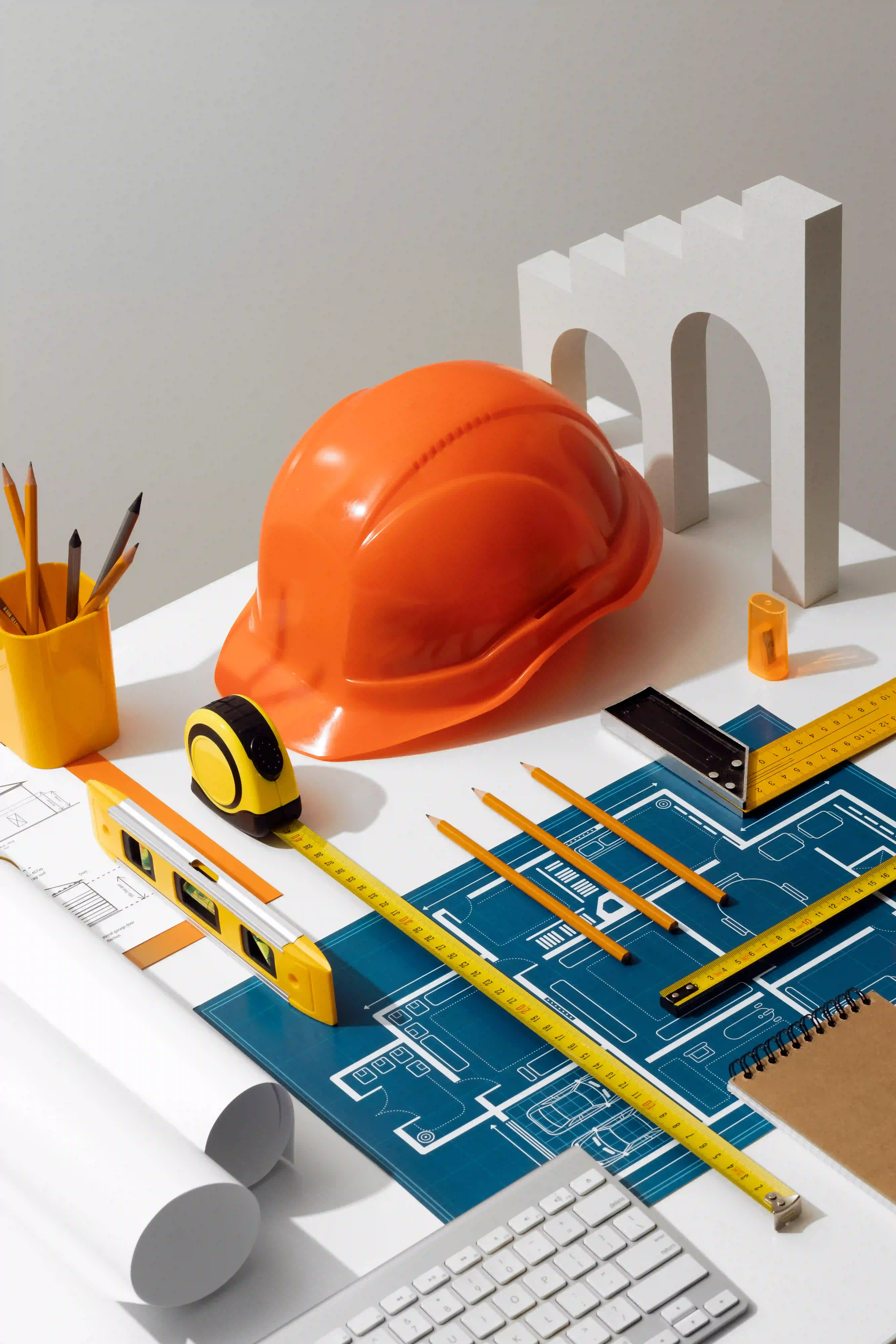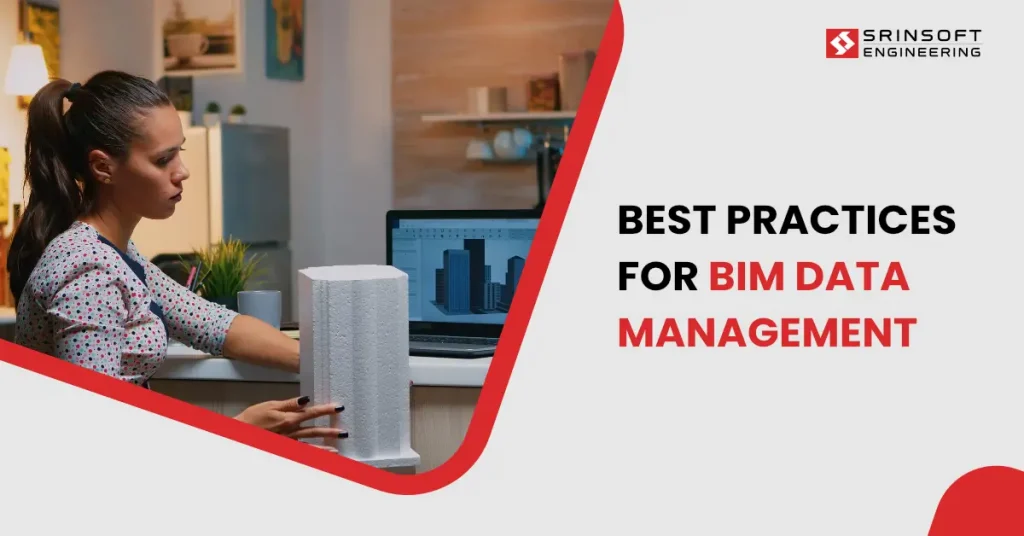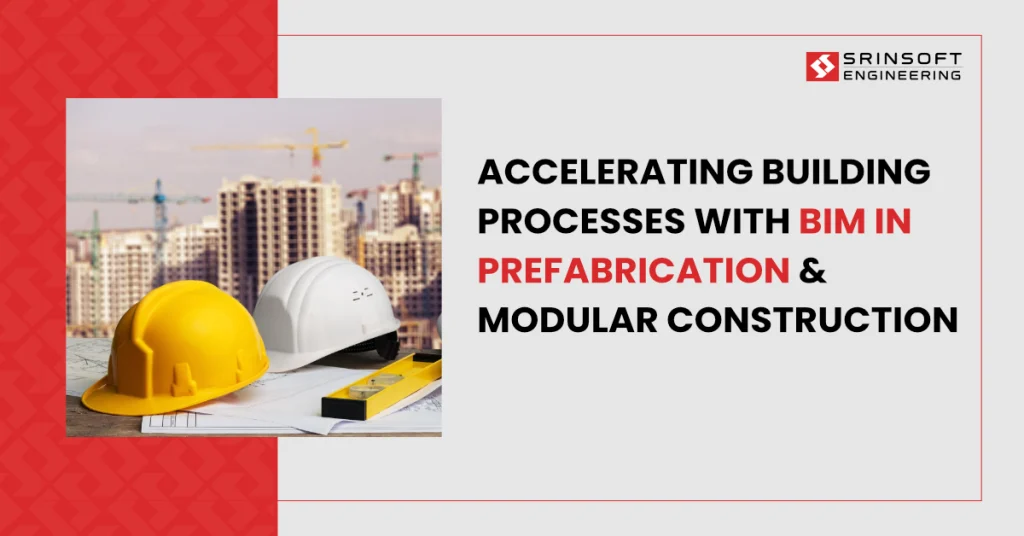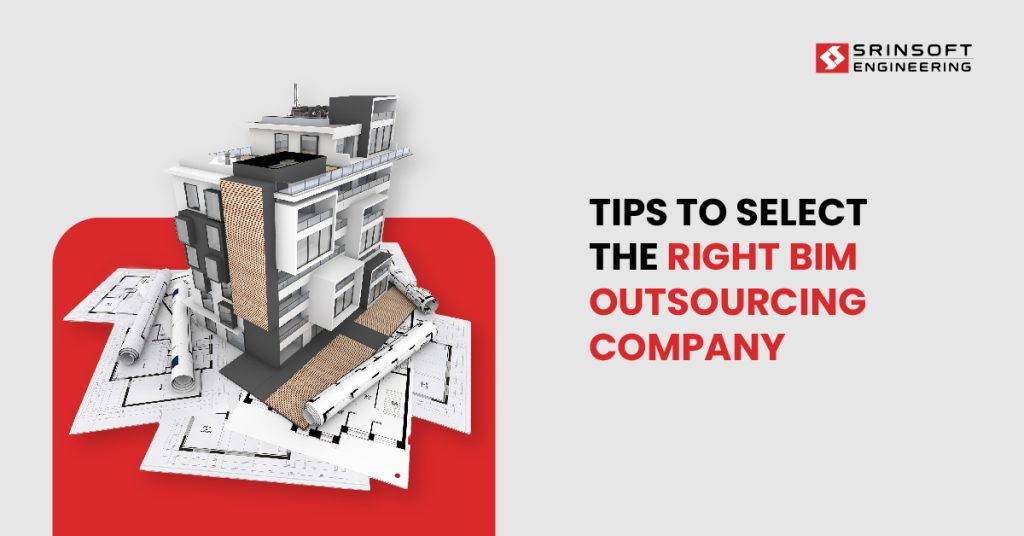
Selecting the right BIM outsourcing partner is like perfecting a signature recipe—every ingredient matters.
Get the right blend of detailing—experience, technology, scalability, and clear communication—and you’ll have a rock-solid BIM solution. Miss even one ingredient, and it’s like pouring concrete without mixing—messy, weak, and bound to crack.
In simple terms, BIM outsourcing means hiring external experts to work on digital modeling and coordination tasks for construction projects, so your team can focus on design and delivery.
So, how do you recognize the seasoned pros from the half-baked options out there? Look out for the ones who actually know the recipe—not the ones still Googling “how to boil water in Revit.”
Let’s stir things up. Here’s how to select a BIM partner who’ll work hand-in-hand with you—and what you really need to look for in a BIM outsourcing company.
Quick Question: Would you trust the foundation of your next project to anyone who’s never seen the blueprints?
Outsourcing BIM Services vs In-House BIM Team: Pros, Cons, and How to Decide
Outsourcing BIM services has big advantages over keeping everything in-house, like avoiding the hassle of software licenses, LOD requirements, and clash detection. Plus:
Cost-Effectiveness:
Hiring, training, and retaining a top-tier BIM team can be challengingly expensive. And if your project pipeline isn’t constantly overflowing with BIM-intensive work, you’ll be practically paying Revit experts to sit around idle.
Scalability:
Big deadline next month? Renovation job next week? An outsourced partner lets you ramp up or scale down – the workforce without worrying about bench strength.
Access to Global Expertise:
Figuring out how to fix that Navisworks export? From clash detection wizards to Dynamo nerds, outsourcing gives you access to a talent pool without disturbing your HR team.
Flexibility:
In addition, the outsourcing company can bring in as many people as needed to get the job done—without putting pressure on your HR team or stretching your budget. You get the results, they handle the resources!
Faster Project Delivery:
Outsourced BIM teams run 24/7 cycles; it’s like when your team logs off, someone else picks up the baton. That means faster turnarounds, fewer bottlenecks, and deliverables—for a change—showing up on time!
Put simply, outsourcing lets AEC firms stay lean, spring-footed, and focused—without getting buried in RFIs, Revit crashes, or debates over duct clearance in tight ceiling voids.
Challenges in Finding the Right BIM Partner
When deadlines loom and coordination grows complex, do you want a team that delivers—or one that vanishes when it matters most?
Not all BIM outsourcing companies are created equal. The wrong partner can lead to:
- Communication gaps and misaligned expectations
- Inconsistent modeling standards resulting in rework
- Time zone clashes affecting collaboration
- Security and data confidentiality risks
- Delays and budget overruns
Picking the right BIM service provider isn’t just ticking boxes on a checklist. It’s more like choosing a teammate with skills, experience, solid infrastructure, and who won’t ghost you mid-coordination meeting.
What Should You Look for in a BIM Outsourcing Company?
Are you choosing a BIM partner who will simply check the boxes, or one who will genuinely drive your project’s success?
You have no idea how competitive this market is. You might go through endless unprofessional models before you finally find someone you don’t have to train or send QC reports to for every project. Some key features and parameters to get the right fix include but are not limited to:

1. Technical Expertise and Domain Knowledge
Start by examining their core technical competencies. A good BIM partner should be fluent in all the major tools like Navisworks, AutoCAD, ArchiCAD, Revit, Dynamo, and more. On top of that, they need serious expertise in clash detection, 4D/5D BIM, scan to BIM, Revit family creation, and LOD-based modeling across architecture, structure, and MEP.
2. Project Portfolio and Industry Experience
A company’s project history speaks louder than their polished website copy. Don’t just fall for fancy portfolios—look for a BIM provider who’s actually wrestled with projects like yours in size, chaos, and complexity. Ask them for sample models of different projects (different LODs, some structural, some architectural, some MEP, etc). Ask for a price-point (per sqft\sqm), use cases, or even a pilot project to evaluate their proficiency.
Pro Tip: Check for case studies, testimonials (you can even try approaching the quoted company for clarity), or client references—especially from AEC firms in your region or regulatory context.
3. Adherence to International Standards
BIM isn’t just about creating 3D models—it has an added layer of complexity of information much of which is incredibly specific—it’s about data-rich deliverables aligned to industry protocols.
Ensure the BIM partner follows globally recognized standards such as:
- LOD specifications (100–500)
- ISO 19650 series
- COBie deliverables
- IFC
- BEP (BIM execution plan)
Their workflows should also reflect best practices in quality checks, naming conventions, versioning, and documentation.
4. Data Security and IP Protection
BIM files are packed with valuable intellectual property—so handing them off to just anyone is a strict no-no – you need a partner who takes data security seriously.
Ask about:
- NDA policies
- Secure file-sharing platforms
- Backup and disaster recovery plans
- Compliance with GDPR or ISO 27001
- Role-based access control (RBAC)
5. Scalability and Resource Availability
Projects evolve—what starts as a simple floor plan can turn into a full-blown coordination war. A solid BIM partner should scale their team like a well-optimized Revit family and jump between tasks like clash detection, Revit modeling, or shop drawings without breaking a sweat (or a model)
Ask about:
- How fast can they onboard new team members?
- Do they have multi-disciplinary teams in-house?
- Can they handle multiple projects concurrently?
- Do they use a Common Data Environment (CDE) for collaboration?
6. Communication and Collaboration Workflow
With Building Information Modeling (BIM) becoming the digital backbone of the Architecture, Engineering, and Construction (AEC) industry, outsourcing BIM services has become mission-critical to accelerate the process. And it all boils down to communication.
Say you’re outsourcing MEP modeling and need it detailed enough for contractors to set total station points or start prefabrication; you need to ensure you choose a dependable partner who communicates well before signing on the dotted line. This means you do not end up with a two-foot-thick ceiling instead of modeling the soffit correctly. The BIM outsourcing partner should:
- Align with your time zone or offer overlapping hours
- Provide dedicated project managers or coordinators
- Use collaboration tools like Navisworks, Revit Work sharing, BIM Collaborate Pro
- Offer regular update meetings, clear documentation, and feedback loops
- Good communication is the bridge between expectations and execution.
- Do they support IFC workflows and openBIM collaboration?
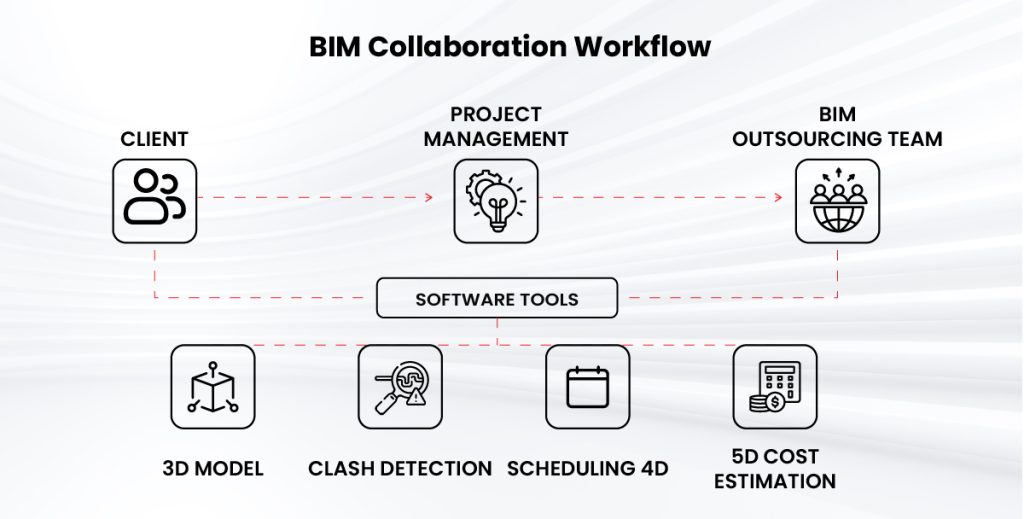
7. Pricing Transparency and Engagement Models
Cost matters—but picking a BIM vendor just because they’re the cheapest is like ordering the strongest coffee for the lowest price – you know what to expect.
Look for companies that are upfront about pricing and offer flexible engagement models—whether it’s hourly, milestone-based, or full-project support. Because let’s face it: no one wants to argue over invoices while debugging a duct riser clash.
8. Innovation and Technology Adoption
A forward-thinking BIM company will be constantly testing new tools, refreshing themselves on best practices, automating workflows, and staying ahead of the curve.
Check if they’re exploring:
- Scan-to-BIM using LiDAR
- AI-based clash detection
- Revit plug-ins for productivity
- Dynamo for BIM automation
- Generative design or parametric modeling (especially for architecture-focused partners)
A good BIM partner should bring more than just decent models and polite email threads. They should speak your language (figuratively… and sometimes literally), get your deadlines, and not panic when someone says “LOD 500 with COBie.
9. Cultural Fit and Long-Term Partnership Potential
Finally, think long-term. You’re not just hiring a vendor; you’re basically picking someone you want to work with through RFIs, design changes, and everything in between—a true partner in your success.
Evaluate:
- Their responsiveness and attitude
- Willingness to understand your goals
- Openness to feedback and iteration
- Investment in building a relationship beyond the project
- When values align, collaboration thrives.
Conclusion
BIM is inherently a high-trust environment, so having people who aren’t working with a shared set of expectations and shared goals is a problem. So, choose a partner whose BIM models serve as a reliable platform—whether for construction project managers, lead architects, or small-scale contractors. A good BIM outsourcing company allows you to delegate 3D modeling, 2D CAD, quantity take-offs, and submittals to professionals anywhere in the world—making the process faster and more cost-effective than traditional, antiquated methods.
Having said all that, let us suggest a provider who takes time to understand your project, speaks your language, and collaborates like an extension of your own team – SrinSoft, the best BIM outsourcing company out there.
As detailers and modelers with 20 years of experience, we understand construction at a deep, personal level. We invite you—as our future partner—to ask tough questions, review the fine print, and see how we truly work.
We can’t wait to chat – fill out the form and our sales manager at SrinSoft will reach out within 24 hours for a friendly, thoughtful conversation.
